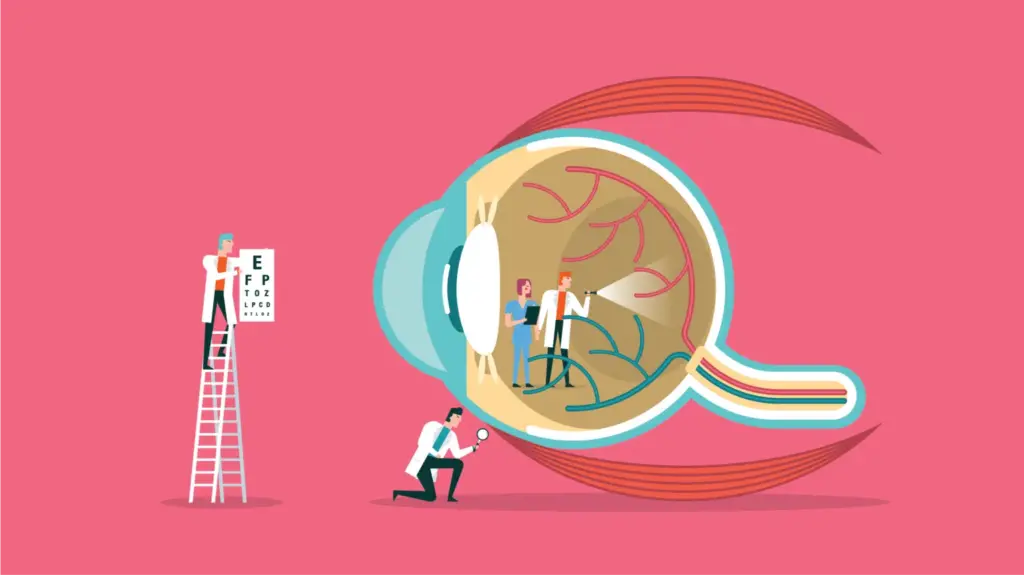Glaucoma Symptoms
Glaucoma impacts millions of people in the world, but many are unaware they have the disease because usually there are no symptoms—and most will not notice any vision loss until the disease is at a late stage.

There are usually no early warning symptoms of glaucoma. Over time, you may slowly lose vision, usually starting with your side (peripheral) vision. Because it happens slowly, you may not notice your vision is changing at first. But as glaucoma progresses, you may experience blurry vision or vision loss. The most reliable and recommended way to find out if you have glaucoma is to get a yearly eye exam to check for vision changes and diseases like glaucoma.
Glaucoma Symptoms
Most types of glaucoma are variations of primary open-angle glaucoma (POAG) or angle-closure glaucoma.
Symptoms of Primary Open-Angle Glaucoma (POAG)
In the most common form of glaucoma, Primary Open-Angle Glaucoma, buildup of fluid pressure happens very slowly. There are no uncomfortable or painful symptoms. Most people who have primary open-angle glaucoma feel fine and do not notice a change in their vision at first because the initial loss of vision is of the side or peripheral vision, and the visual acuity or sharpness of vision is maintained until late in the disease.
Since we use our central vision for driving, reading and most tasks, the gradual loss of peripheral vision in glaucoma isn’t typically noticed until a significant amount of vision has been permanently lost.
By the time a patient is aware of vision loss, the disease is usually quite advanced. Vision loss from glaucoma is not reversible with treatment, even with surgery. Because POAG has few warning signs or symptoms before damage has occurred, it is important to see a doctor for regular eye examinations. If glaucoma is detected, your eye doctor can prescribe treatment to help protect your vision.
Symptoms of Primary Angle-Closure Glaucoma
Primary angle-closure glaucoma, also known as narrow-angle glaucoma, is a condition in which the angle is closed in many or most areas; this can cause increased eye pressure which can lead to optic nerve damage. Treatment in the early stages can help minimize the risk of developing glaucoma. In most patients with primary angle-closure, there is a gradual rise in eye pressure and there are no noticeable symptoms.
Rarely, the eye pressure increases rapidly and is called an acute attack of angle-closure. Here, the pressure level is extremely high and optic nerve damage can occur quickly. Acute angle-closure glaucoma is a medical emergency that requires immediate medical attention.
Symptoms of an acute attack of angle-closure can include:
- Hazy or blurred vision
- Severe eye and head pain
- Nausea or vomiting (accompanying severe eye pain)
- Appearance of rainbow-colored circles around bright lights
- Sudden sight loss
Some patients with angle-closure glaucoma may have transient episodes of high eye pressure which resolve on their own, and this can be mistaken as migraine headaches.
Glaucoma Awareness Video
Learn more about “the silent thief of sight,” who is at greater risk, and the importance of regular eye exams.